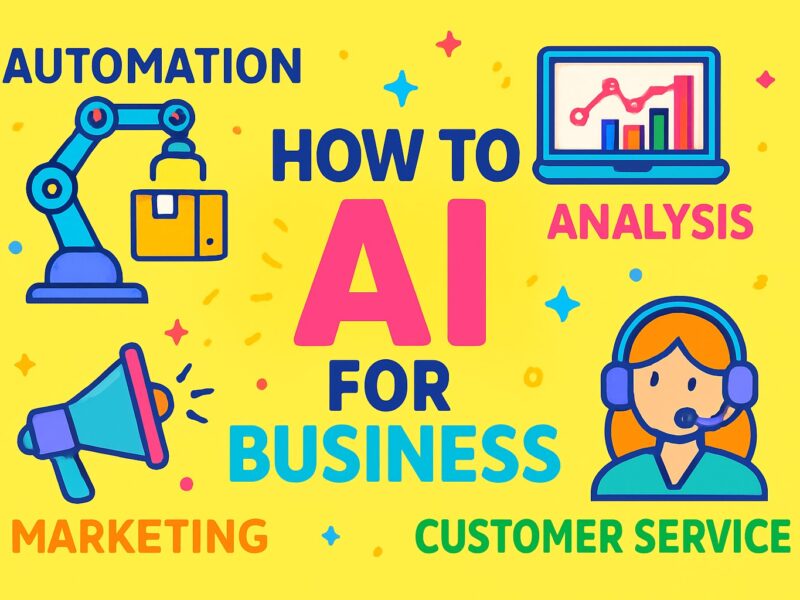Sustainable Cloud Computing And AI

As the world increasingly relies on digital infrastructure, the environmental impact of data centers and AI technologies has become a growing concern. The fusion of cloud computing and artificial intelligence (AI) is a major driver of technological progress—but it also demands vast amounts of energy. That’s why the concept of sustainable cloud computing and AI is gaining attention. It’s about reducing environmental harm while maintaining high performance.
In this article, we’ll explore the meaning, benefits, technologies, and future of sustainable cloud computing and AI. Let’s dive into how organizations can balance innovation with sustainability.
What Is Sustainable Cloud Computing?
Sustainable cloud computing refers to environmentally friendly approaches in the design, deployment, and operation of cloud services. It focuses on minimizing the carbon footprint associated with data storage, processing, and delivery.
This includes using:
-
Energy-efficient hardware
-
Renewable energy sources
-
Optimized software systems
-
Effective waste heat recovery
Cloud computing allows users to access computing resources remotely via the internet. While it offers scalable power and storage, traditional data centers have become energy-intensive, making sustainability a top priority.
The Environmental Impact of Data Centers
Data centers are physical facilities that house servers and networking equipment. They support cloud platforms and AI operations, but they consume an enormous amount of electricity. According to research from the International Energy Agency, data centers accounted for around 1% of global electricity demand in recent years—and this is expected to grow.
Key contributors to their environmental footprint include:
-
Constant energy usage for running servers
-
Air conditioning to keep hardware cool
-
Battery backups and infrastructure redundancy
-
High water usage for cooling systems
Without sustainable measures, this trend could worsen. That’s where green cloud computing becomes essential.
How AI Fits Into the Sustainability Equation
Artificial Intelligence is revolutionizing industries, from healthcare to finance. However, training large machine learning models often involves processing huge datasets, which leads to high carbon emissions.
For example, training a single deep learning model can emit as much CO₂ as five cars do in their entire lifetime.
Sustainable AI practices include:
-
Using efficient algorithms
-
Avoiding unnecessary computations
-
Choosing low-energy training methods
-
Leveraging transfer learning to reuse existing models
When paired with sustainable cloud computing, AI can be both powerful and planet-friendly.
Benefits of Sustainable Cloud Computing and AI
Organizations that adopt sustainable practices in cloud and AI technologies not only reduce environmental impact but also enjoy other key advantages.
1. Lower Operational Costs
By using energy-efficient systems and cloud-based virtualization, companies reduce electricity usage. This lowers power bills and cooling expenses over time.
2. Enhanced Brand Reputation
Sustainability attracts customers, investors, and partners. Companies that go green build trust, especially among environmentally conscious users.
3. Compliance With Regulations
Governments worldwide are enforcing environmental standards. Sustainable practices help businesses stay compliant and avoid fines.
4. Improved System Performance
Modern sustainable cloud platforms use advanced cooling, optimized resource allocation, and better load balancing, which lead to smoother performance.
5. Scalable and Flexible Architecture
Cloud systems designed for sustainability often include modular components that can scale up or down depending on usage, reducing waste.
Key Technologies Driving Sustainability
Several innovations are making sustainable cloud computing and AI a reality. These include:
Green Data Centers
These are built using environmentally friendly materials and layouts that promote airflow and reduce cooling needs. Some also use solar panels or geothermal energy.
Server Virtualization
By allowing multiple virtual machines to run on one physical server, virtualization minimizes hardware requirements, conserving both space and energy.
Efficient Cooling Solutions
Traditional air conditioning is being replaced with:
-
Liquid immersion cooling
-
Free-air cooling (using outside air)
-
AI-based temperature management systems
Renewable Energy Integration
Cloud providers are now investing in solar, wind, and hydroelectric power sources to run their operations.
Carbon Tracking and Reporting Tools
Tools that monitor energy use and calculate emissions help organizations stay accountable and optimize their infrastructure for lower environmental impact.
Real-World Examples of Sustainability in Action
Many tech companies and data center operators are already making efforts to go green. While we’ll avoid naming specific brands, here are some general strategies being adopted:
-
Designing new data centers in cooler climates to reduce air conditioning usage.
-
Locating facilities near renewable energy sources like hydro dams or solar farms.
-
Using AI-powered resource management to dynamically adjust energy consumption based on usage demand.
Even smaller companies are following suit by choosing cloud providers that offer eco-conscious services and selecting AI tools that prioritize efficiency.
How Businesses Can Get Started
Here’s a step-by-step guide for companies aiming to transition toward sustainable cloud computing and AI:
Step 1: Assess Your Current Infrastructure
Begin by auditing your current cloud and AI systems. Identify energy consumption hotspots, data center inefficiencies, and outdated software tools.
Step 2: Choose Green Cloud Providers
Look for cloud service providers that offer carbon-neutral operations, use renewable energy, and support virtualization and efficient load balancing.
Step 3: Optimize Data Storage and Workloads
Implement strategies like:
-
Auto-scaling to reduce idle resources
-
Scheduled backups during off-peak hours
-
Data deduplication to minimize storage use
Step 4: Train AI Models Responsibly
Adopt model training techniques that reduce computational requirements. Reuse pre-trained models when possible and explore lightweight architectures.
Step 5: Monitor and Improve Continuously
Use performance dashboards and sustainability tracking software to measure impact and adjust configurations for long-term efficiency.
Future of Sustainable Cloud and AI
Looking ahead, sustainable cloud computing and AI will play a pivotal role in creating a greener digital world. Several trends are shaping this future:
-
AI for Sustainability: AI itself is being used to optimize energy usage in buildings, reduce transportation emissions, and predict climate change patterns.
-
Edge Computing: By processing data closer to where it’s generated, edge computing reduces the need for long-distance data transfer, conserving bandwidth and energy.
-
Quantum Computing: Although still in early stages, quantum systems could eventually perform complex calculations with less energy than classical machines.
-
Sustainability Certifications: As green tech grows, expect more certification programs to verify environmental claims made by cloud providers and AI developers.
Conclusion
Sustainable cloud computing and AI are no longer optional—they’re essential. As demand for digital services continues to surge, the environmental cost must be addressed through energy-efficient design, smart AI development, and responsible cloud management.
Businesses that embrace these green technologies not only contribute to a healthier planet but also gain a competitive edge through innovation, cost savings, and customer loyalty.
The road to a sustainable future in tech is clear. It begins with conscious choices, scalable systems, and intelligent design—proving that sustainability and digital transformation can go hand in hand.

